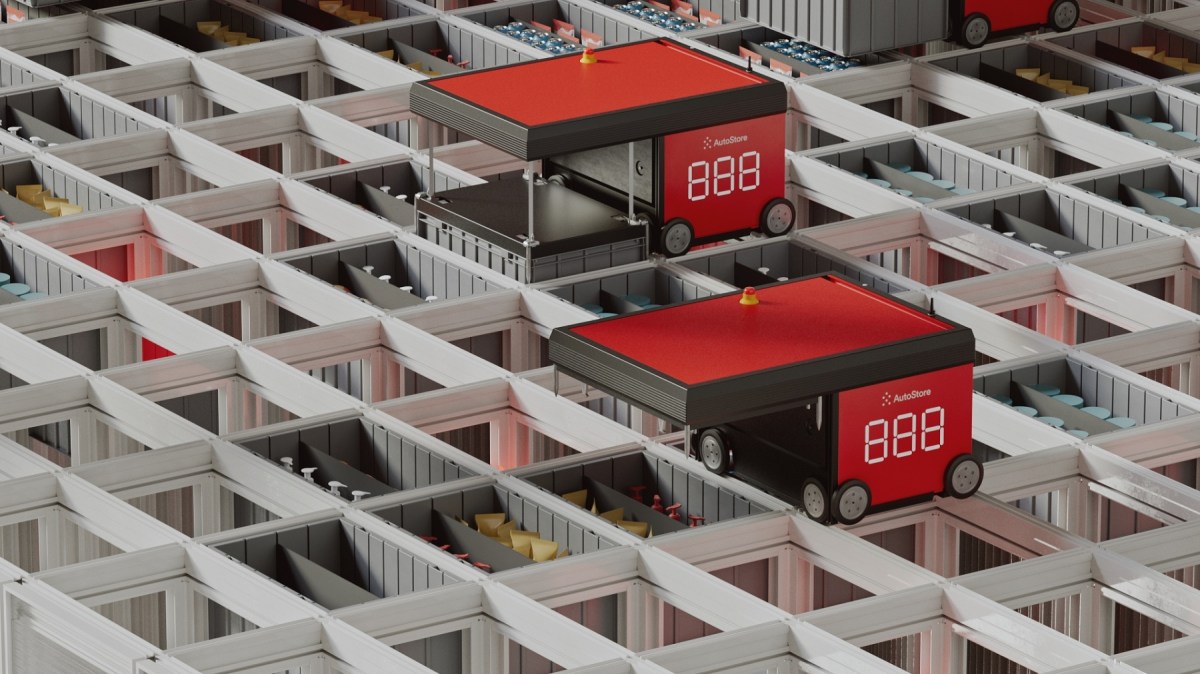Warehouse automation is growing fast; 9 in 10 organisations surveyed by AutoStore state they have already installed (or are planning to install) automation technology. However, many warehouses are still heavily reliant on manual processes. In fact, a 2021 study found that more than 80% of warehouses do not yet have automation.
Thanks to the rapid evolution of eCommerce, we’re at a point where higher throughput and fast fulfilment is the best way to secure the competitive advantage. And the best way to achieve this is with automation.
Three signs that it’s time to automate your warehouse
- Fulfilment delays: This may be owing to mismanagement of shipment scheduling, inventory or order fulfilment. It may also be the result of inefficient warehouse workflows and processes.
- Inaccuracies in order fulfilment or inventory levels: This causes fulfilment delays, and also results in additional costs associated with returns and wastage.
- Labour- and time-intensive processes: Manual identification as well as picking and packing systems, for example, are associated with a higher labour cost. If you’re not embracing automation, the current labour shortage will only further challenge you.
How automation solves these challenges
Your warehouse automation solution will vary depending on the needs and goals of your warehouse. Typically, however, this involves the implementation of a combination of robotics, software, sensors and other technology to automate any number of tasks.
These include order picking, receiving and unloading of stock, storage and retrieval of stock, packing, loading and shipping, inventory management and performance monitoring.
Warehouse automation enables:
- Space optimisation
- Significantly reduced manual labour (and its associated costs)
- Improved worker wellbeing
- Increases in operational speed and productivity
- Improved accuracy and precision within key processes
- Enhanced inventory management
- A more sustainable business model
- Lower operating costs
With the AutoStore Automated Storage and Retrieval Systems (ASRS), independently operating robots move rapidly through a modular 3D cube grid, retrieving bins (stocked with inventory) and deliver them to goods-to-person picking ports, as required to fulfil orders.
The grid is scalable and customisable, enabling 90% warehouse space utilisation. The energy-efficient robots facilitate high productivity, handling anywhere between 450 and 650 bin presentations every hour, with a 99.9% picking accuracy.
A case study in warehouse automation
US distributor of automotive equipment, tools, and replacement parts, Parts Authority opened a new 21,000 square metre warehouse facility in Connecticut as part of its business expansion strategy.
To minimise costs, ensure optimal labour usage, and achieve a high level of operational flexibility and responsiveness to customers’ needs, they sought out a solution that would minimise travel and processing times while maximising available space to accommodate inventory for custom orders.
They installed an AutoStore ASRS warehouse system, comprising 90 robots, 6 picking ports and 80,000 bins. They realised a four-time increase in picking and put-away productivity, a five-time increase in expansion capacity and a four-time increase in throughput.
Noting the significant benefits and ROI offered by automation solutions, the question isn’t ‘when’, but ‘how soon can I automate my warehouse?’
Jason Wu is business development manager for AutoStore Australia and New Zealand.

